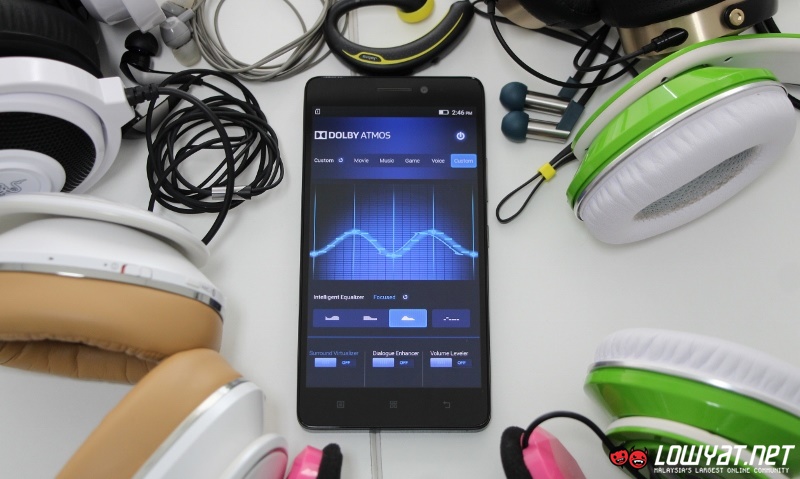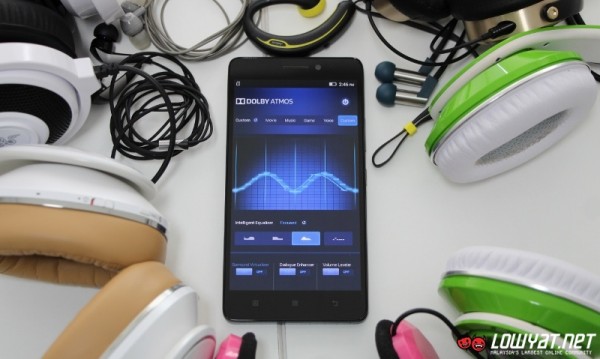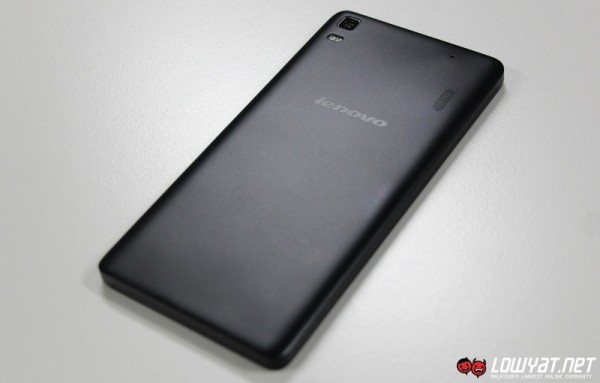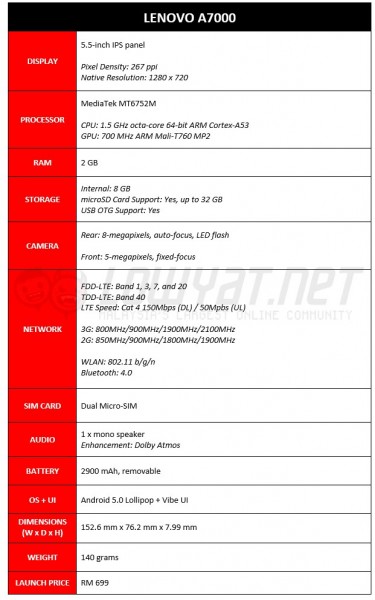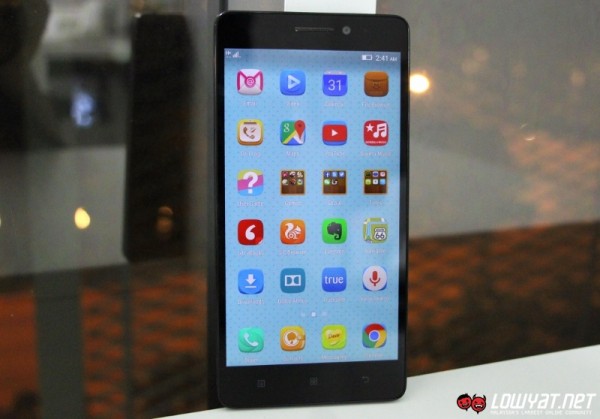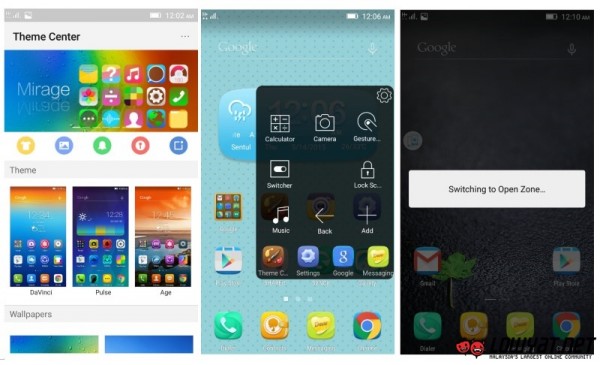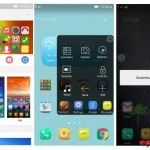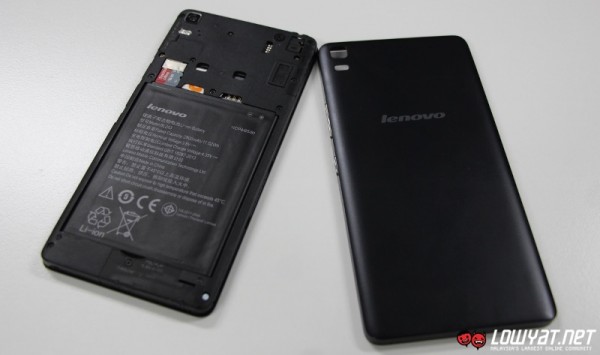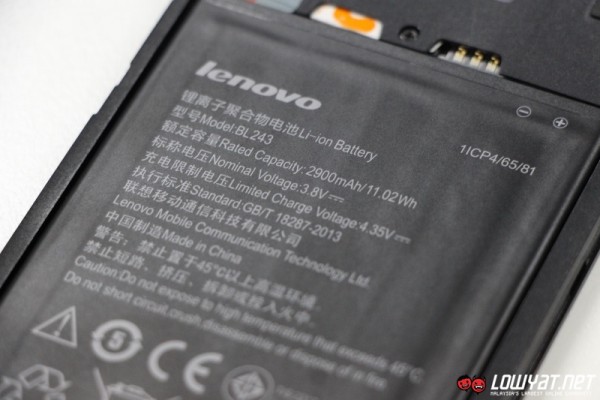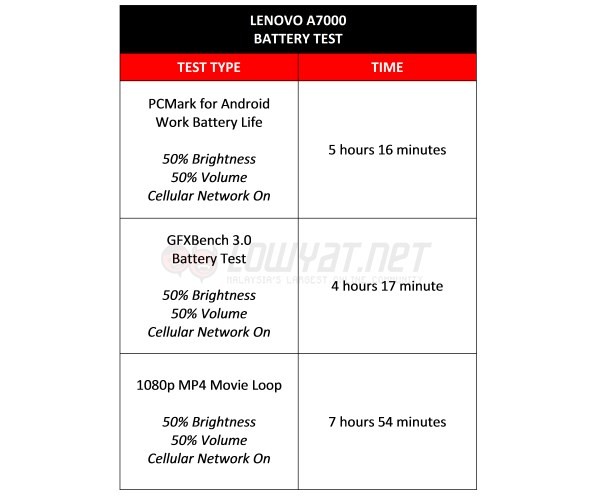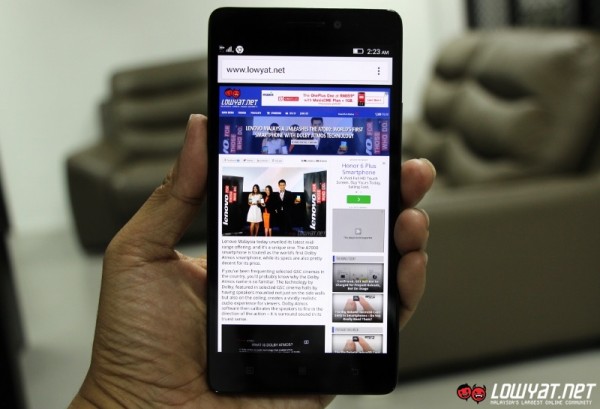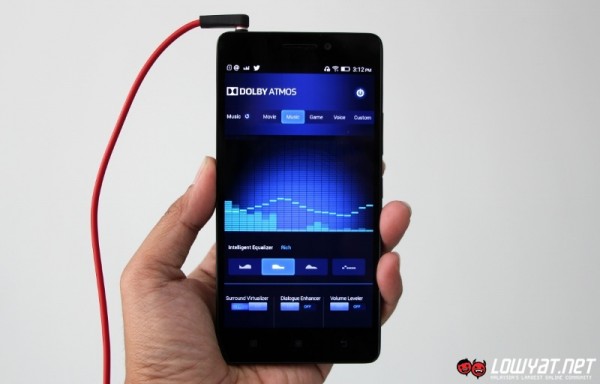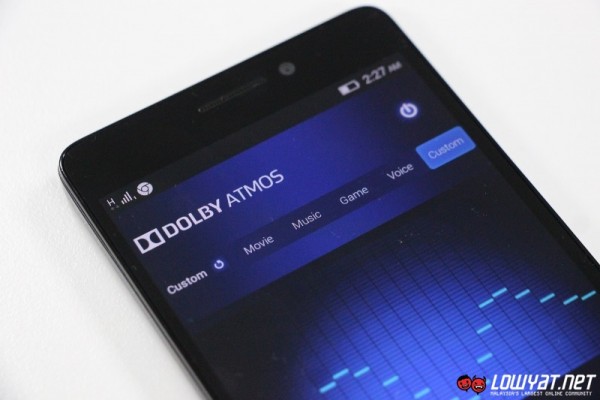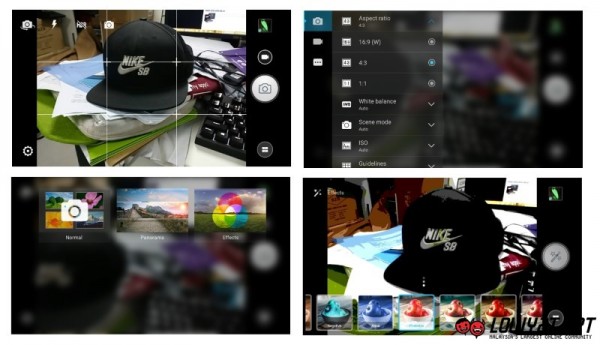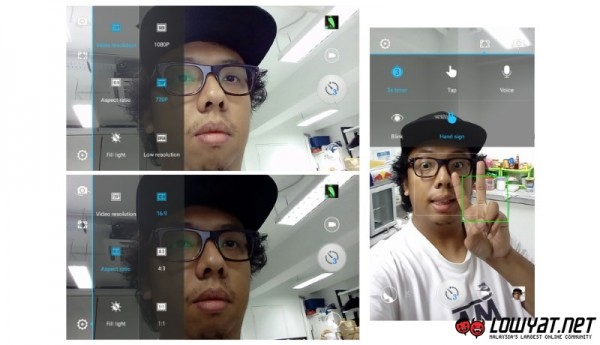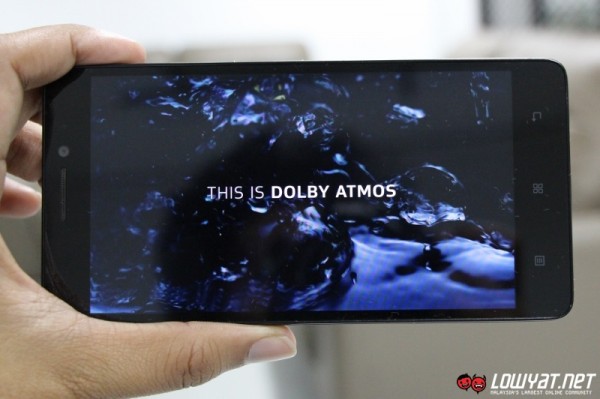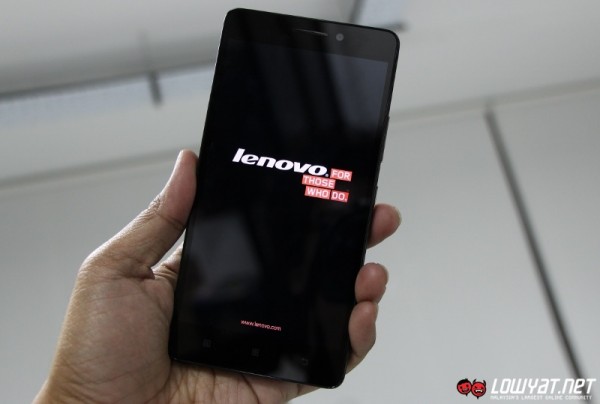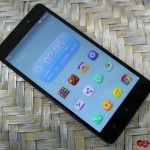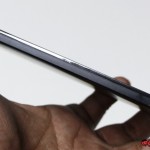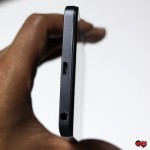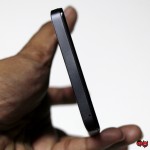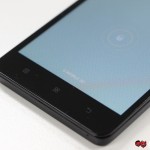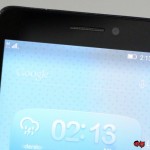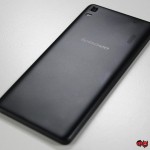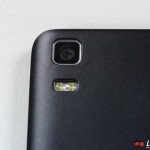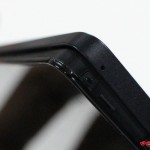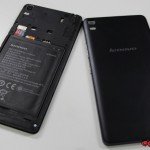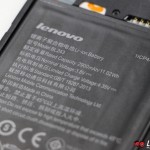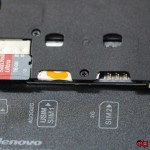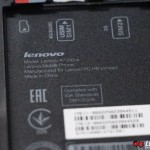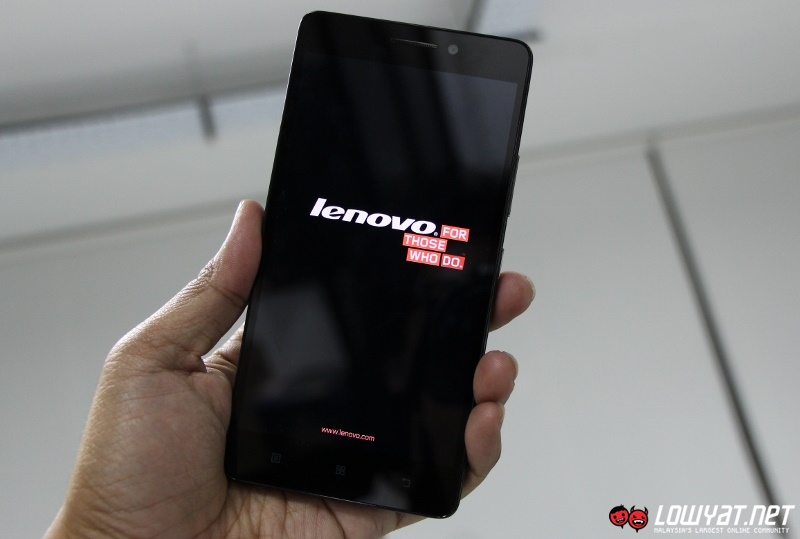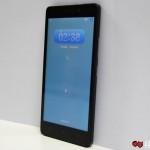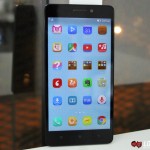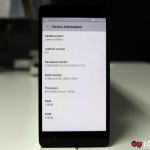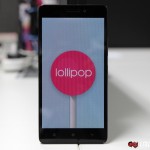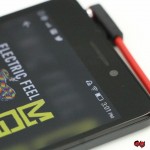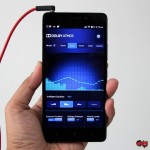Touted as the first smartphone in the world to feature Dolby Atmos technology, the Lenovo A7000 is quite a unique proposition for a smartphone. Frankly, I was quite perplexed on how Dolby managed to transfer the tech into a smartphone given how elaborate a typical Atmos setup is in an actual cinema hall. Furthermore, Dolby stated that the Atmos technology for mobile devices does not require any specialized headphones – it will work regardless of whether you use an “el cheapo” or high end pair of headphones.This just made me more curious about the level of quality that Atmos for mobile is able to deliver on the A7000.
Of course, let’s not forget the fact that A7000 is first and foremost a smartphone. So, Dolby Atmos is not the only reason that determines the overall value of the A7000. With that, let’s first take a look at A7000’s general specifications before we go further.
DESIGN & FIRST IMPRESSIONS
Design-wise, the A7000 is rather bland and uninspiring. This doesn’t mean it is all bad though. Crafted from tough plastic in matte black with rounded edges, this makes A7000 less prone to fingerprints and smudges. The back cover is also removable, beneath which is a 2,900 mAh battery, two micro SIM slots, and microSD card slot. With a thickness of 7.99mm and a weight around 140 grams, the device is actually comfortable and light enough to hold despite having a 5.5-inch display.
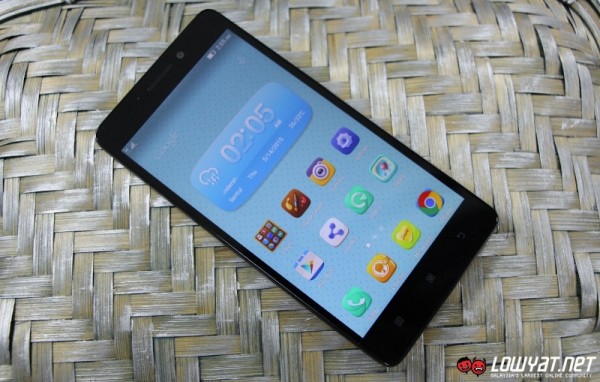
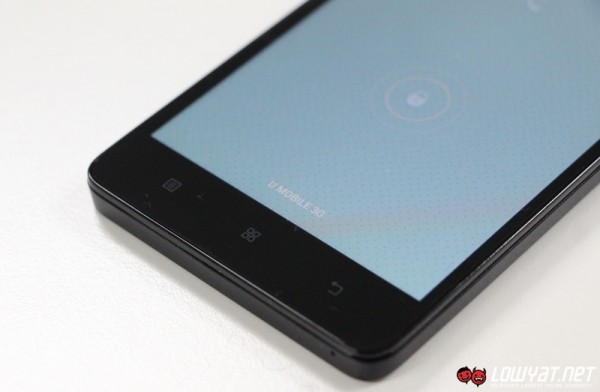 Interestingly, the three navigational buttons are not backlit.
Interestingly, the three navigational buttons are not backlit.
Other than these traits, the A7000 has a straight forward, no-frills physical design. Then again, this is not exactly a surprise since the phone is part of the A-series family, which is the company’s entry-level smartphone series sporting a similar design philosophy.
HARDWARE
For an entry-level mid range device, the A7000 performs quite well in day to day use. The smartphone feels smooth and snappy with no apparent lag when it comes to running various type of apps as well as switching between them. The combination of MediaTek’s MT6752M octa-core processor and 2GB RAM seems to be optimised very well on the A7000.
However, you will need to invest in a microSD card if you’re looking to get the A7000. With just 8GB of internal storage and just over half of that being usable, there is little space to keep your apps, photos and other data. Having an USB OTG flash drive might be handy as well since A7000 supports this feature.
BENCHMARKS
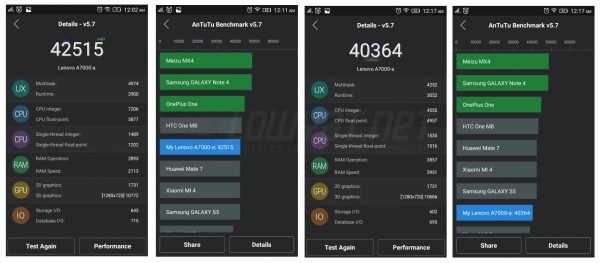

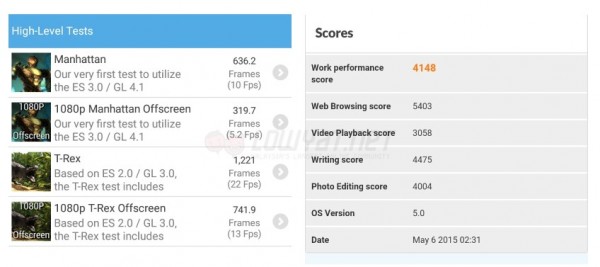
SOFTWARE
Lenovo uses its own user interface called Vibe UI 3.0 on top of Android 5.0 Lollipop on the A7000. Like other UIs from Chinese phone makers, there is no app drawer – all installed apps appear as icons on the home screens.
That being said, Lenovo did implement additional functionalities with Vibe UI. These features include a Theme Center (you have to import new themes manually though), quick access shortcuts with the Wide Touch floating menu, and the ability to set up a separate secure space using Secure Zone.
Like previous Lenovo phones, the A7000 comes pre-installed with quite a fair amount of bloatware. These aren’t just Lenovo-branded apps, but there are also games and other software that serve no useful purpose for the user. The only potentially useful app for users is Lenovo’s SHAREit, which allows cross-platform file sharing.
BATTERY LIFE
Built with a removable 2,900 mAh battery, the A7000 has a relatively good battery life which is easily one of its main advantages. On a standard work day, the smartphone is able to last throughout the day and can go even further when use moderately.
Users can even choose to prolong the device’s standby time for a few days by using the Ultimate Power Save mode that allows only telephony and messaging functions, though it is unlikely that you’d have to resort to enabling this feature in any normal circumstance.
DISPLAY
One of the first things I noticed about A7000’s 5.5-inch display is its brightness. I hardly found the need to push its brightness beyond 40% or 50% when I used the phone indoors. It also holds up well under outdoor sunlight, considering its price point and the lack of any specialised tech.
Despite the good viewing angles and vibrant colours. the 720p resolution is pretty disappointing, especially when other devices at this price point already offer Full HD displays. Worse still when you consider that Lenovo designed this smartphone for media consumption, which complements the Dolby Atmos technology.
AUDIO BY DOLBY ATMOS
According to Dolby, what makes Atmos different from existing surround sound technologies is that it treats different sounds as individual objects in a three-dimensional space. This allows content creators to precisely position and direct the flow of the sound in their content in order to provide a more natural and immersive experience to consumers. Additionally, the technology also promises better depth and atmosphere with the help of overhead speakers in a typical Atmos equipped cinema hall or home cinema setup.
This is the main reason why I was really curious about how close Dolby is able to replicate the Atmos experience on a mobile device, since there is no such thing as headphones with overhead speakers.
In order to properly take advantage of Dolby Atmos on the A7000, one still have to view content such as videos or applications that comes with Dolby Atmos audio mix. However, from my time testing this feature, the outcome is still nowhere close to the full-fledged Dolby Atmos experience in cinemas – obviously.
Using the sample file within the Dolby Atmos app itself, I felt that the surround sound effect is much subtler and more suppressed that what I’d anticipated. Even though I was still able to feel some sense of depth, it is still not far from an average surround sound implementation on smartphones.
Not all is lost though, as the Dolby Atmos feature on the A7000 is still able to provide general audio enhancements for all kinds of contents that are played on the device. In general, it boosts the audio output level, and users are also able to tweak the EQ to their liking through the Dolby Atmos app. Once you turn it off, the difference is rather obvious.
Even though Lenovo stated that the Dolby Atmos is only for headphones, I’ve found that it also affects the output of A7000’s mono audio speaker – even though it is barely noticeable. That being said, the speaker’s output is rather weak at lower volumes even with Dolby Atmos turned on – though the output quality proved to be surprisingly good for a mono speaker.
CAMERA
Featuring an 8MP Sony sensor on the back and a 5MP sensor on the front, the camera UI on the A7000 is quite minimalist and simple to operate. It is designed with simplicity in mind and doesn’t contain more options for advanced users. For example, there is no option the choose image size in megapixels; instead, users are presented with aspect ratio options (16:9 vs 4:3).
The camera has several standard shooting modes, including HDR, Panorama, a selection of effects, and a few scene modes. There is also beautification mode for the front camera, alongside a set of five snapping modes that include timer, voice-based, blink detection, hand sign, and direct tap.
As for the actual output, both cameras are decent enough under bright light although some of the output tends to be washed out at times especially when HDR is turned on. However, both the front and back cameras are pretty disappointing when shooting in low light conditions. In all, camera performance on the A7000 is rather average, which is perhaps to be expected given the price point.
SAMPLE IMAGES






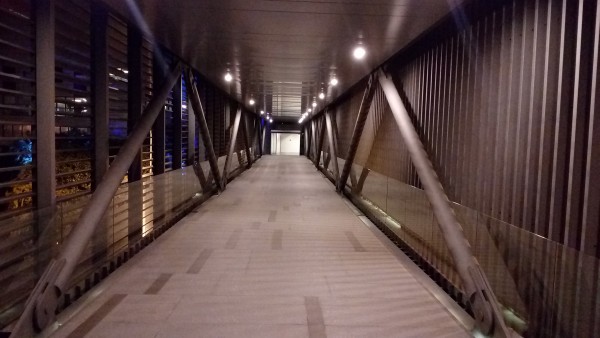
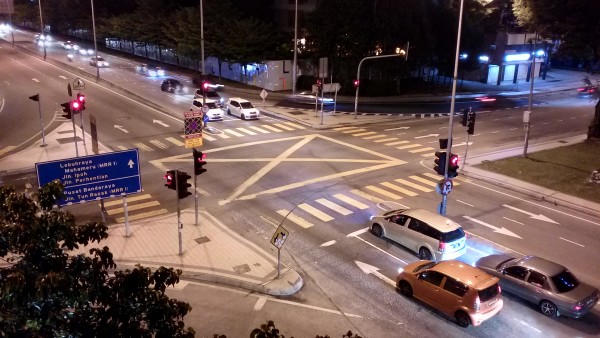




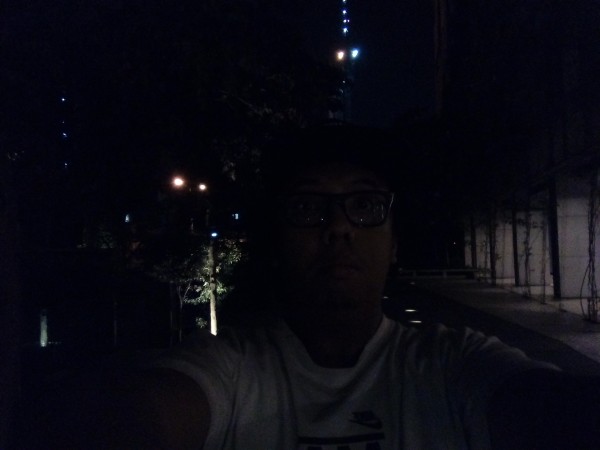

COMPETITION
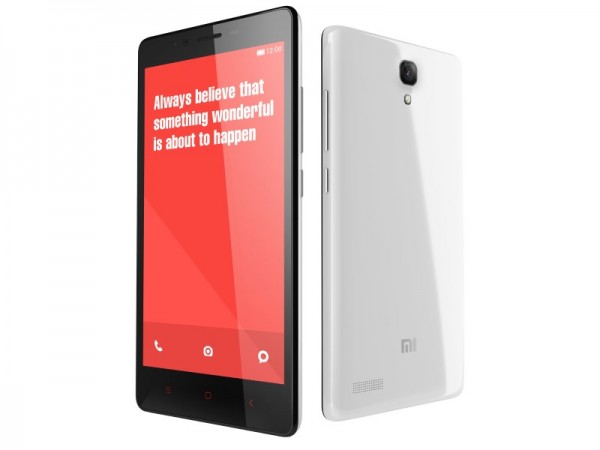
Given the A7000’s price point of RM699 (at launch), there are quite a few close competitors. One such device is the Xiaomi Redmi Note 4G which is also a 5.5-inch HD smartphone with LTE and costs less than RM 700 just like the A7000.
The Redmi Note 4G might not carry an 8-core processor or Dolby Atmos but at least in terms of specifications, it still features a higher resolution 13MP camera sensor on its back as well as a slightly larger 3,100 mAh battery. The phone also supports larger capacity microSD card at up to 64 GB.
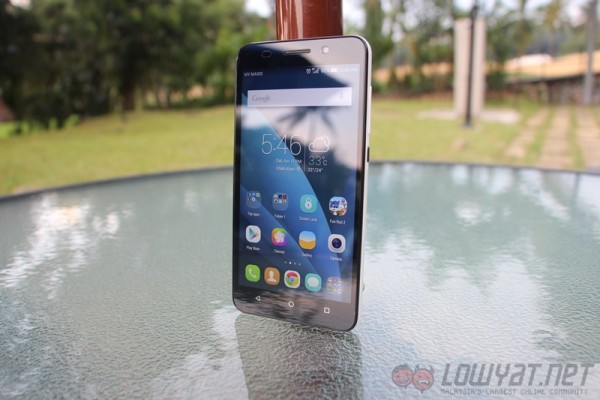
Similarly, the Huawei Honor 4X is also another strong competitor to A7000 under the same price range RM 700. Just like the Redmi Note 4G, the Honor 4X comes with a higher resolution camera and bigger battery.
Perhaps the strongest competitor to the A7000 would be the Meizu m2 Note. It has twice the internal storage space of the A7000 at 16GB, a higher-resolution full HD IGZO display and a larger 3,100 mAh battery – and it’s priced the same as the A7000 at RM699.
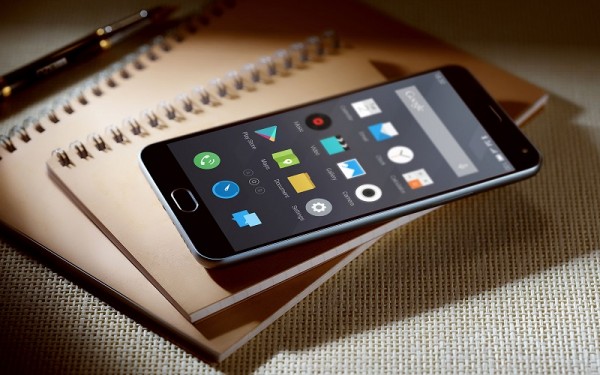
Additionally, the m2 Note also has sleeker physical design as compared to the A7000 and the previous two competitors mentioned above. However, despite the fact that the m2 Note uses a MediaTek MT7653 octa-core chip with a Mali-T760 GPU, the A7000 seems to outperform the m2 Note in a majority of popular benchmarks out there.
CONCLUSION
To be frank, the Dolby Atmos technology is not the main attraction of the Lenovo A7000 despite being the first smartphone in the world to have that feature. While it is true that the enhancement by Dolby allows the A7000 to deliver good audio output, anyone that expects the smartphone to be able to replicate the full-fledged Dolby Atmos experience on the go will definitely be disappointed.
Instead, the main highlight of the A700 is actually its performance and battery life which is excellent for a smartphone in its class. That said, it does have a number of shortcomings that can’t be ignored easily, such as a bland physical design, 8GB internal storage and the camera’s subpar performance in low-light conditions. Nevertheless, the A7000 ultimately provides a good ratio of performance and value for its owners.
GALLERY
Follow us on Instagram, Facebook, Twitter or Telegram for more updates and breaking news.

